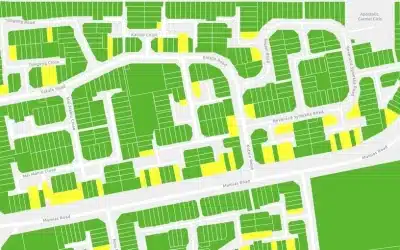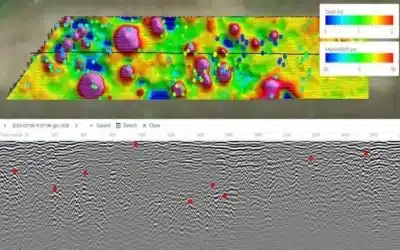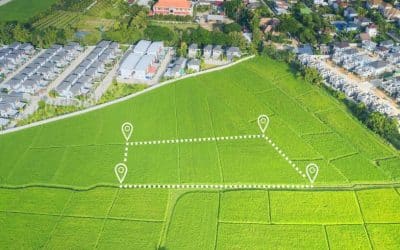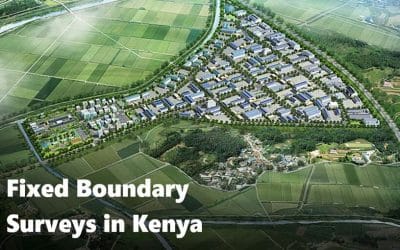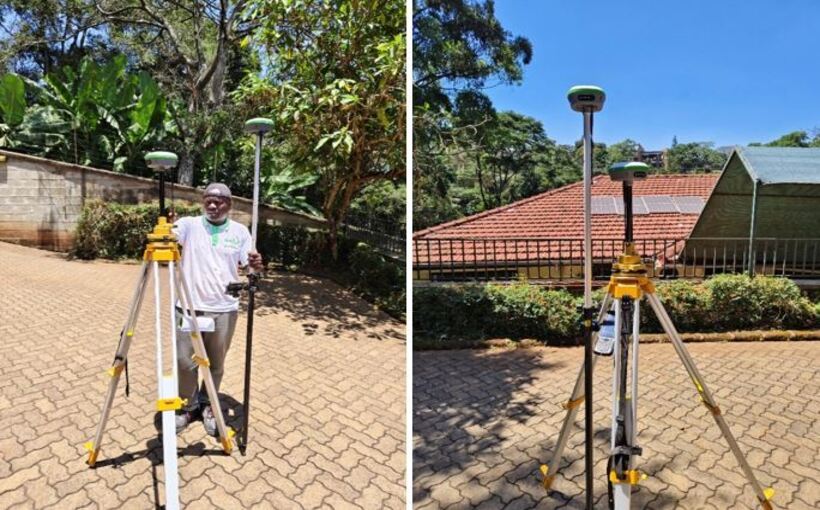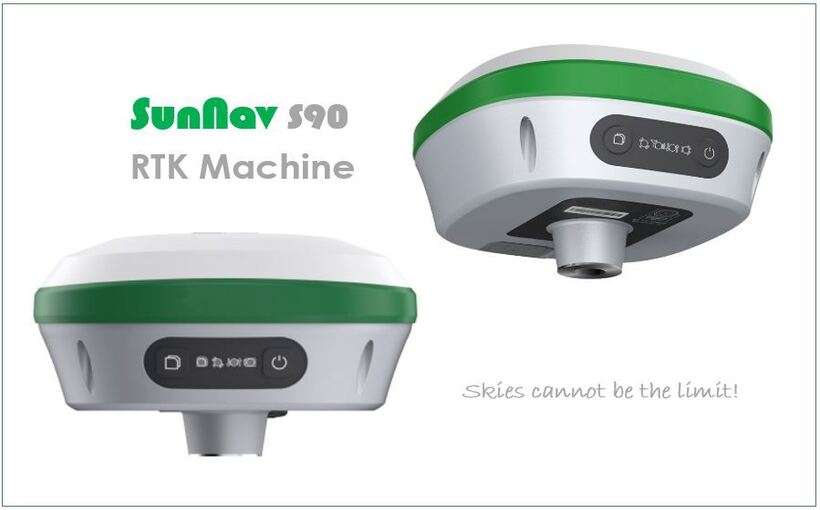Almost every company from transportation industry tackles the challenge of efficient traffic data collection. And practically all traffic data suppliers have previous experience with manual traffic counting or tubes on their surveys. Many manual counters claim they can be cost-efficient and can provide traffic volume reports in Excel spreadsheets. But is this enough to satisfy the needs of traffic model calibration in the modern age?
How to do traffic surveys simple and effective
Today it is evident that automated methods of collecting traffic data using artificial intelligence are in the spotlights of transport planners and municipalities. What does this mean for your current operations, how does it look like when you decide to implement smart technology to your traffic survey projects? This article describes it in 3 simple steps.
STEP 1: Collect traffic video using cameras
Cameras are convenient sensors, bringing enormous advantages with the use of the latest video analytics technology. You can use your existing fixed camera, a battery-powered camera, use a drone for the recording in the traffic location, and then process the video to get the traffic data you need.
If you’re not sure about how to proceed, don’t worry. At GoodVision Ltd, we help traffic surveyors to pick the camera models, and we can verify the correct camera equipment positioning on your projects.
Recorded video files from the survey are then conveniently uploaded to your workspace on the GoodVision Video Insights software platform, taking care of the file management and where the traffic data extraction will happen automatically.
STEP 2: Extract traffic data from the video
Best traffic video analytic systems won’t let you down and perform the data extraction automatically and on-time. GoodVision’s traffic data extraction method revolves on our proprietary artificial intelligence. It recognises individual traffic attendants in the video footage by its visual appearance and extracts vehicles and pedestrians’ whole trajectories. The entire process is automated and provides 1-hour data turnaround, no matter how big your survey is. What are the benefits for you?
- You are independent of the geo-location of the survey
- No adaptation of the system before the survey is needed
- Shorter deadlines achieved by reducing the human factor
Watch our sample videos of how such a system works.
While other solutions require vast amounts of manual work, GoodVision automates many human-made processes in a transformative way. We are verifying the traffic data extraction is correct to achieve the best accuracy of your results.
STEP 3: Traffic volume counting, and way, way more…
We make uploading and processing of traffic footage very convenient, and we’re delivering the survey traffic data on your “table” without any additional work required from your side. Once the data is extracted from the videos, you can report traffic volumes straight away.
The platform provides various types of built-in tabular traffic reports including standard traffic movement counts, origin-destination matrices and vehicle lists with timestamps and detailed behavioural parameters of an individual vehicle in the flow. GoodVision’s customer quality support will make sure you have achieved the analyses correctly and accurately.
What next? Smooth hand off to your customers
The current workflow and handoff between different branches within the transport and urban planning industry (e.g. between traffic planners and their data suppliers ) are very limited by the data collecting methods and the lack of a unified platform with cross-unit functionality.
The most common scenario today is traffic surveyors sharing collected video footage with traffic volume spreadsheets to traffic modellers. This process is becoming smarter with GoodVision.
Just imagine, after the video processing, you didn’t just get the traffic counts. You obtained a full, digital twin of the junction with very granular traffic behavioural data and it would be a waste to not use it. If you care about your customers, share it to them — to transport planners and modellers as a part of the project delivery! Traffic data received using GoodVision will help them with granulated detailed analyses these experts have to perform manually every day. An example:
- Gap-acceptance analyses
- Speed analyses
- Saturation flows analyses
- Traffic model calibration
Traffic data suppliers can share all reports, the extracted digital data and the video footage directly to their customers on a click of the button within the platform, as the delivery portal. GoodVision is a win-win collaborative solution for both parties. Read this article about how this cooperation works step by step.
Traffic survey gather data about the movement and behavior of vehicles and pedestrians to aid in transportation planning, traffic management, and infrastructure development. Here’s an overview of key types, purposes, and methods:
Purpose of Traffic Surveys
Infrastructure Planning: Helps in planning road expansions, intersections, and public transit routes. Traffic surveys are a critical tool for urban planners, government agencies, and civil engineers in creating safer, more efficient transportation networks.
Conducting a traffic survey involves planning, data collection, analysis, and reporting. Here’s a step-by-step guide:
Step 1: Define Objectives
Decide the reason for the survey (e.g., traffic volume, speed, or turning movement). Then, define the scope i.e. specify the survey type, location, time, and data requirements based on the objectives.
Step 2: Select Survey Type
Choose between manual counts, automated counters, video/image analysis, or GPS tracking, depending on resources and goals. Common types include:
- Traffic volume counts (total vehicles/pedestrians at a point),
- Turning movement counts (vehicle direction at intersections),
- Speed surveys (vehicle speed monitoring),
- Origin-destination (tracking starting and ending points for trips).
Step 3: Determine Location and Timing
- Location: Identify specific survey points, ensuring they cover critical spots like intersections, busy roads, or access points.
- Timing: Decide on peak hours or specific days (e.g., weekends, rush hours) for accurate representation.
- Duration: Define how long the survey will run, typically ranging from a few hours to a week, depending on the project scope.
Step 4: Gather Equipment and Resources
- Equipment: Secure necessary tools like traffic counters, cameras, GPS devices, or drones.
- Personnel: Assign trained personnel for manual surveys or to monitor automated devices.
- Permissions: Obtain any required permits, especially for road access or aerial surveys.
Step 5: Conduct a Pilot Test
- Test Setup: Conduct a short trial at the survey location to check equipment functionality and ensure data accuracy.
- Adjustments: Make any necessary adjustments based on test results (e.g., equipment placement or additional data points).
Step 6: Data Collection
- Manual Data Collection: Record observations on predefined forms, noting vehicle type, count, or speed.
- Automated Collection: Set up sensors or cameras and regularly check them to ensure data is being recorded correctly.
- Supervision: Monitor devices and personnel to minimize errors and disruptions.
Step 7: Data Processing and Validation
- Compile Data: Aggregate data from all sources, such as counters, observation sheets, or recorded footage.
- Data Cleaning: Identify and remove inconsistencies, duplicate entries, or outliers.
- Preliminary Analysis: Conduct a quick check for patterns or significant trends to ensure the data meets survey objectives.
Step 8: Data Analysis
- Traffic Volume Analysis: Calculate the average number of vehicles or pedestrians over specific periods.
- Speed Analysis: Determine average speeds, speed compliance rates, and identify any speeding trends.
- Flow Analysis: For turning movement counts, assess direction-specific trends.
- Statistical Tools: Use software like Excel, SPSS, or GIS tools to analyze patterns and visualize data.
Step 9: Report Findings
- Prepare Report: Summarize objectives, methodology, data analysis, and key findings.
- Include Visuals: Add charts, graphs, and tables for clarity.
- Provide Recommendations: Offer insights and suggestions based on findings (e.g., for infrastructure improvements or traffic control changes).
Step 10: Present and Review
- Present Findings: Share results with stakeholders, city planners, or traffic management teams.
- Gather Feedback: Obtain input and address any questions or concerns.
- Revise if Needed: Incorporate feedback to finalize recommendations or action plans.
By following the above steps, the traffic surveys can provide actionable data to improve traffic flow, safety, and urban planning decisions.







